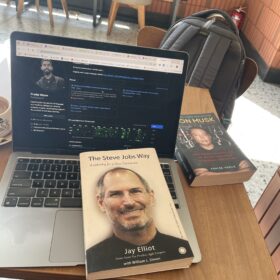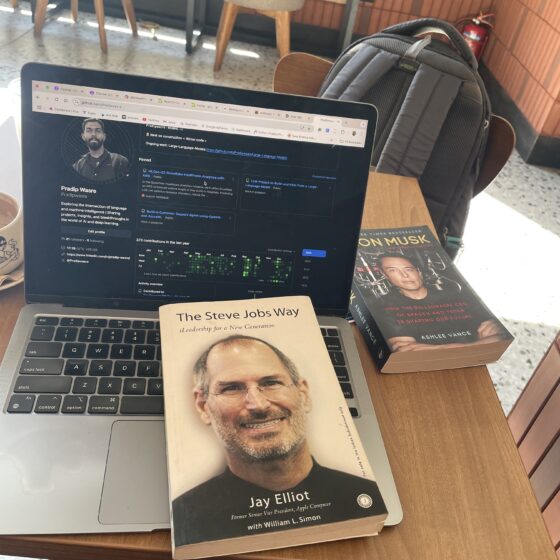Definitions and Concepts in LLMs
1. Tokenization
-
Definition: The process of breaking down text into smaller units called tokens, such as words or subwords, which the model can understand and process.
-
Detail: Tokenization is a crucial step in natural language processing (NLP). It allows the model to handle text data in a structured way. Tokens can be words, subwords, or even characters. Different tokenization techniques, such as Byte Pair Encoding (BPE) or WordPiece, help manage the vocabulary size and handle out-of-vocabulary words.
2. Embeddings
-
Definition: A numerical representation of words or phrases in a continuous vector space, capturing their meanings and relationships.
-
Detail: Embeddings map words or phrases to dense vectors of real numbers, typically in a high-dimensional space. These vectors capture semantic meanings, such as word similarity and context. Popular embedding techniques include Word2Vec, GloVe, and contextual embeddings from models like BERT.
3. Attention Mechanisms
-
Definition: Mechanisms that allow the model to focus on different parts of the input text, assigning different levels of importance to each part.
-
Detail: Attention mechanisms help the model weigh the relevance of different words or phrases when processing a sentence. Self-attention, or intra-attention, is a key component of Transformer models. It allows each word to attend to every other word in the sequence, capturing dependencies regardless of their distance.
4. Transformer Architecture
-
Definition: The backbone of most LLMs, consisting of multiple layers of attention mechanisms and feed-forward neural networks.
-
Detail: Transformers use self-attention and feed-forward neural networks to process input sequences in parallel. This architecture enables efficient handling of long-range dependencies and parallelization, making it suitable for training large models on massive datasets. The original Transformer model has encoder and decoder stacks, though many LLMs use just the encoder or decoder.
5. Pre-training
-
Definition: The process of training a model on a large corpus of text to learn general language patterns and representations.
-
Detail: During pre-training, models are typically trained using unsupervised or self-supervised learning objectives, such as predicting the next word in a sentence (language modeling) or filling in masked words (masked language modeling). This phase helps the model learn useful representations that can be fine-tuned for specific tasks.
6. Fine-tuning
-
Definition: The process of further training a pre-trained model on a smaller, task-specific dataset to adapt it for a particular application.
-
Detail: Fine-tuning adjusts the model’s weights to optimize performance on a specific task, such as sentiment analysis, named entity recognition, or question answering. This step leverages the general knowledge learned during pre-training and tailors it to the target task.
7. Inference
-
Definition: The process of using a trained model to generate or analyze text based on new input data.
-
Detail: During inference, the model takes input text, processes it using its learned weights and architectures, and produces predictions or generated text. Inference can be performed on various tasks, such as text completion, translation, or summarization.
Example Code with Detailed Comments
Now, let’s revisit the code with detailed comments:
GitHub Repo: Link

